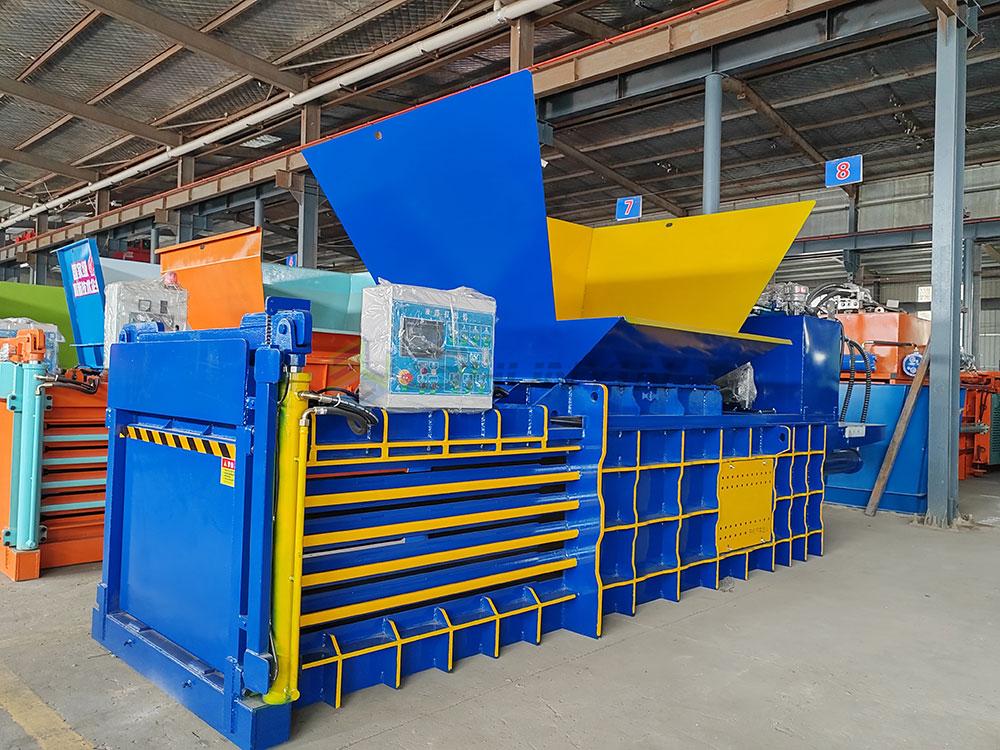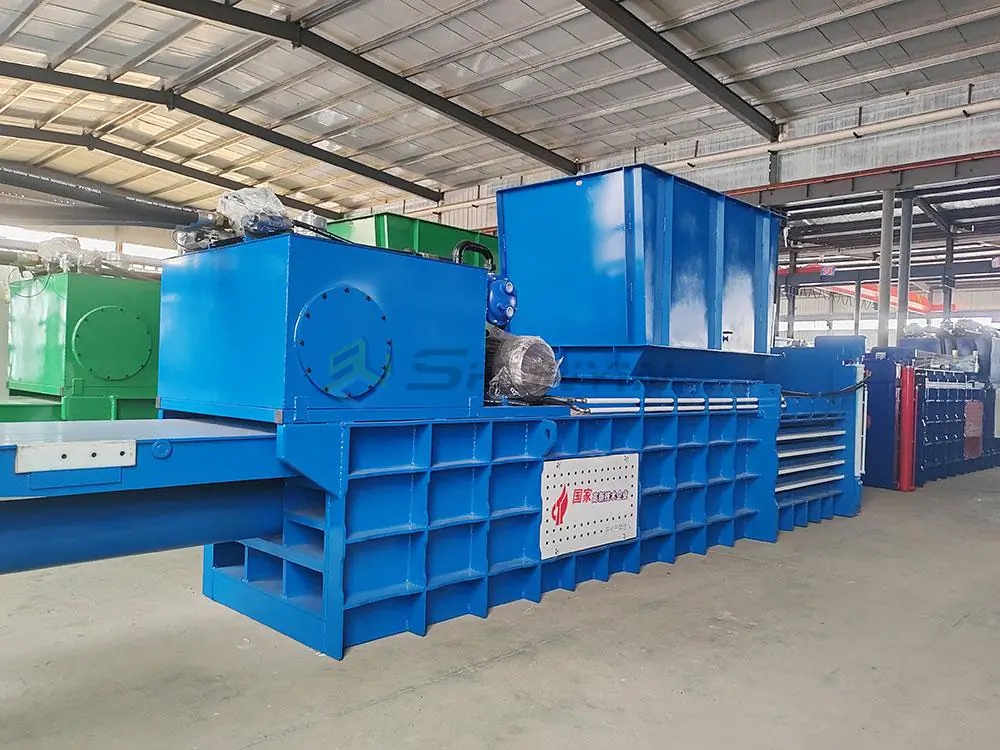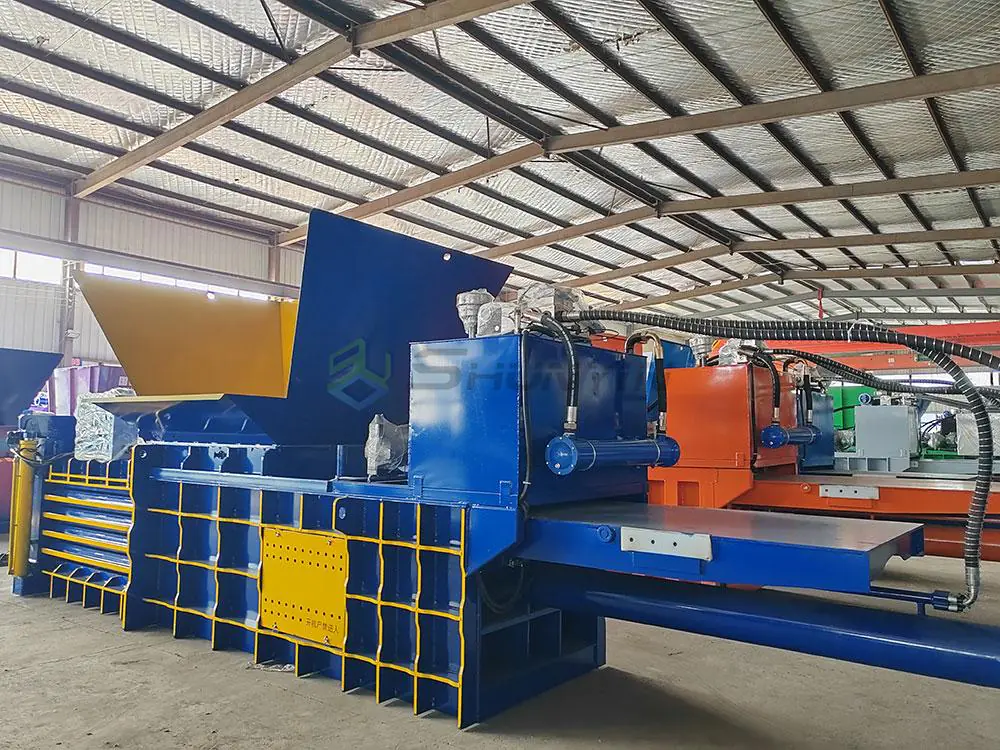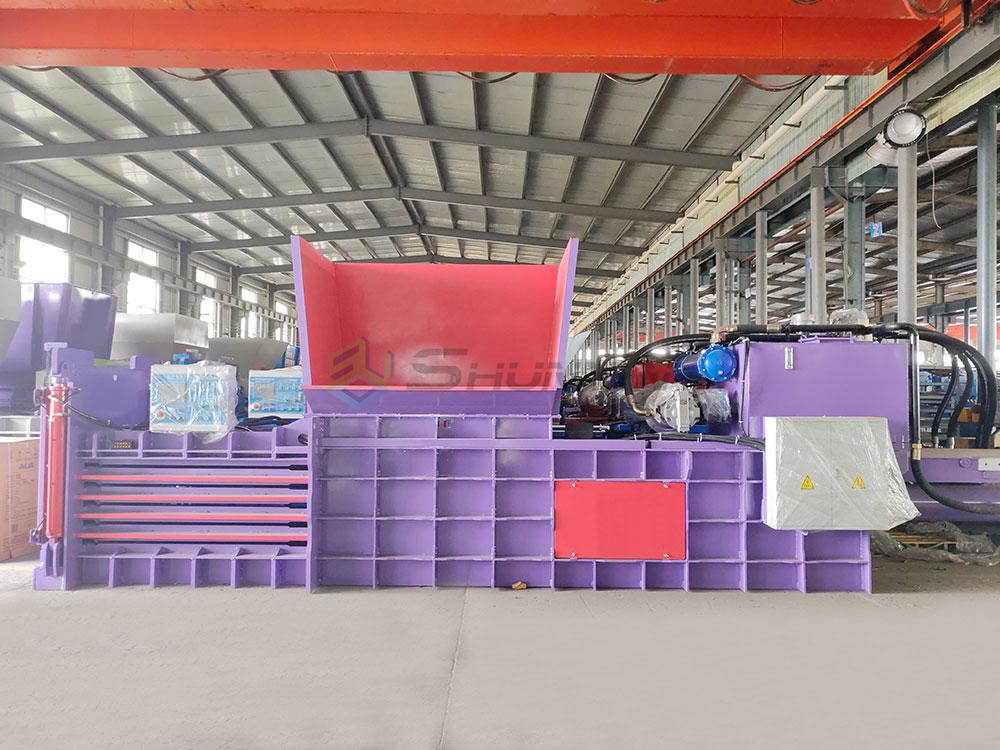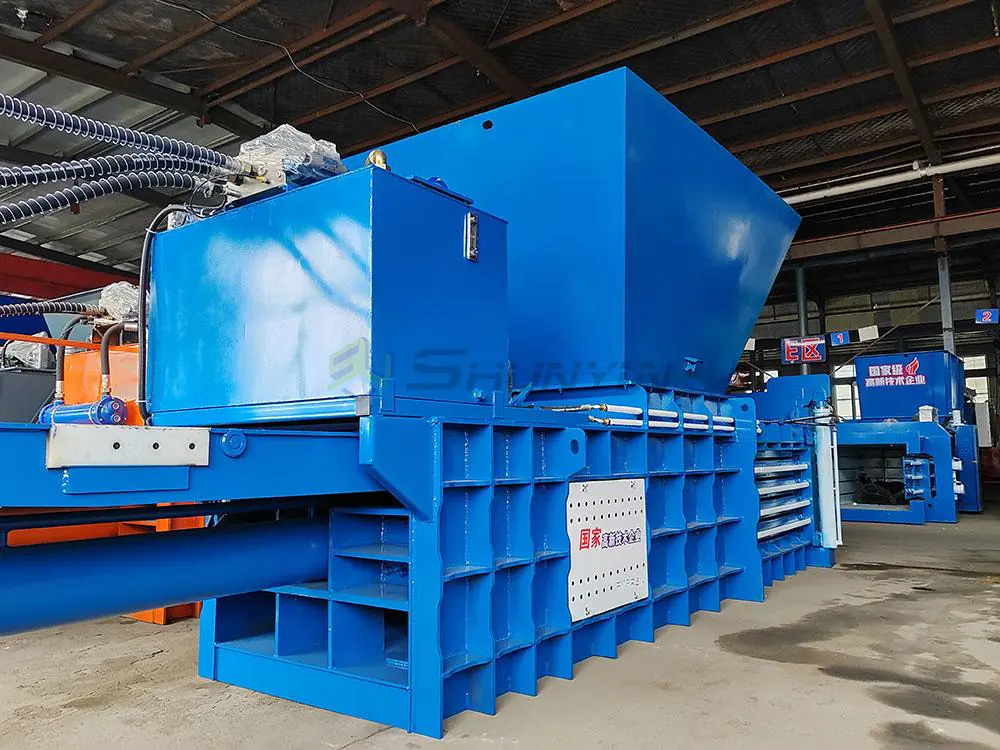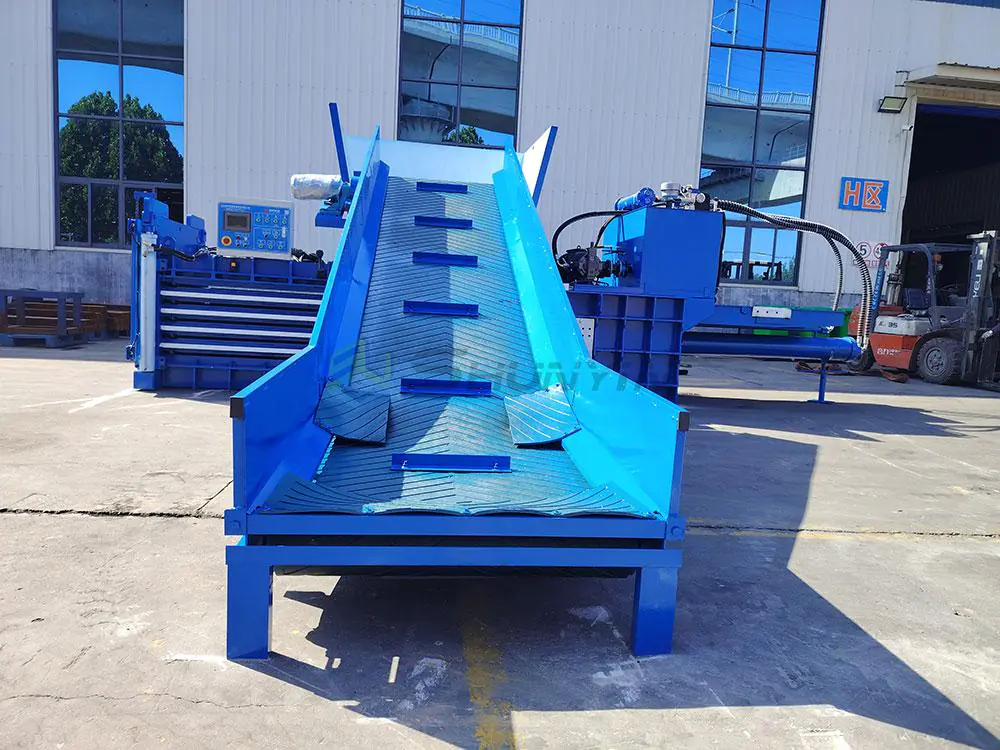
When our Japanese client’s BMW production line nearly shut down from scrap overflow, their new baler processed 12 tons of metal waste in 38 minutes. Here’s exactly how these industrial workhorses operate – with technical blueprints our engineers use.
A scrap baler compacts waste materials using hydraulic pressure through 5 stages: 1) Material feeding 2) Pre-compaction 3) Main compression 4) Bale tying 5) Ejection. The hydraulic system generates 15-200 tons force via 150-250 bar oil pressure, reducing waste volume by 10:1. PLC controls manage cycle times from 60-180 seconds depending on material density.
After building 600+ balers for automotive/industrial clients, I’ll reveal exactly how each component interacts – plus 3 critical maintenance points manufacturers never mention.
How does a baler machine work step by step?

Let me walk you through our factory’s standard operational protocol using real production data:
Operational Cycle Breakdown
| Stage | Duration | Key Actions | Pressure Applied |
|---|---|---|---|
| Feeding | 20-40s | Conveyor load, material level sensor activation | 0-50 bar |
| Pre-compact | 15-25s | Rammer pushes waste into chamber | 50-120 bar |
| Compression | 45-90s | Main cylinder full extension | 150-250 bar |
| Tying | 30-60s | Wire feeding → twist → cut | Hold at 80 bar |
| Ejection | 20-35s | Door open, pusher plate action | 60-100 bar |
Critical ratios we optimize:
- Material/Chamber Volume Ratio: 0.8-1.2 (under = energy waste, over = jams)
- Compression Speed: 50-150mm/s (vary by material)
- Energy Consumption: 1.2-3.8 kW·h per ton
Get our cycle optimization guide based on your specific materials.
What is the mechanism of a baler?

Having disassembled 47 competitors’ models, I’ll explain the core systems making balers work:
Power Transmission Architecture
-
Hydraulic System
- 18L axial piston pump (250 bar max)
- 5μm filtration system
- Oil cooling capacity: 12,000 BTU/hr
-
Structural Framework
- Steel grade: Q345B (Yield strength ≥345MPa)
- Frame design safety factor: 4.8
-
Control System
- PLC: Siemens S7-1200
- HMI interface customization options
| Component | Force Calculation | Failure Rate |
|---|---|---|
| Main Cylinder | F=P×A (300mm bore=70,685N at 100 bar) | 0.3% @5,000 cycles |
| Pressure Relieve Valve | Set at 110% rated pressure | 1.2% annual |
| Rammer Guide Rails | σ=3FL/(2bd²) ≤ allowable stress | 0.8% @10km travel |
Our secret? Using servo valves instead of proportional ones – reduces energy waste by 18%.
What is a scrap baler?
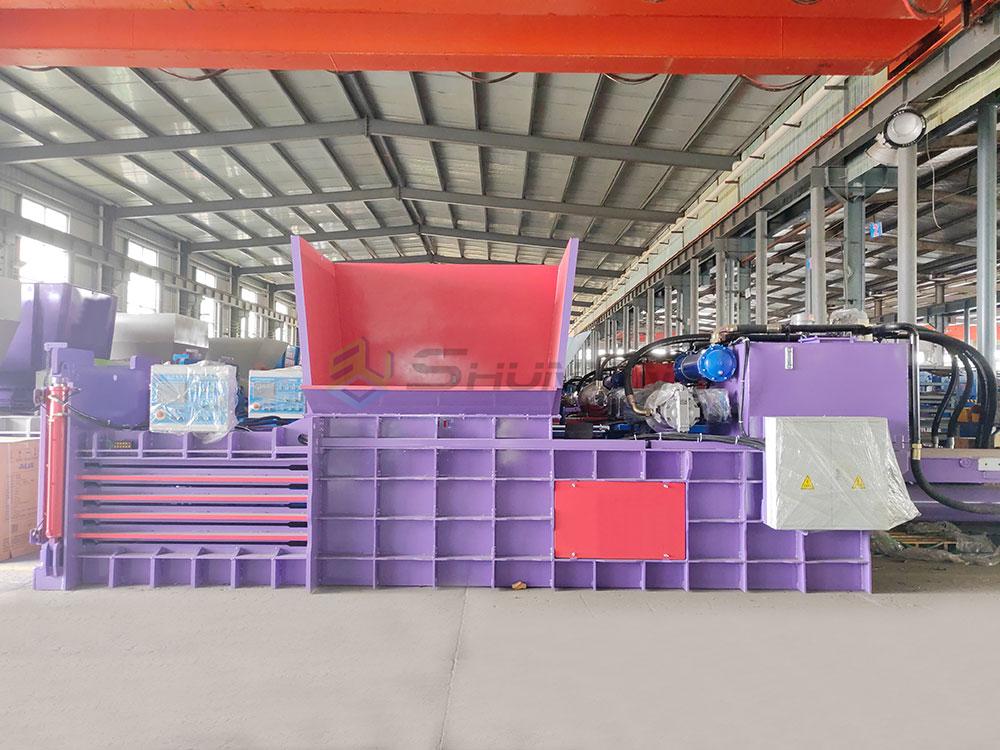
When Canadian Metalico wanted to process 8 material types in one machine, we engineered this solution:
Material-Specific Configurations
| Material Type | Compression Ratio | Bale Density | Special Requirements |
|---|---|---|---|
| Aluminum Cans | 12:1 | 350-450 kg/m³ | Non-ferrous separation |
| Steel Scrap | 6:1 | 1900-2300 kg/m³ | Wear-resistant liners |
| Plastic Film | 20:1 | 80-120 kg/m³ | Pre-heating to 60°C |
| Textiles | 15:1 | 150-200 kg/m³ | Fire suppression system |
Key specs defining modern scrap balers:
- Force Range: 15-200 tons
- Chamber Sizes: 0.8-6.5m³
- Throughput: 0.5-8 tons/hour
- Power Requirements: 15-75kW
Surprising fact: 60% of "scrap" processed contains 18% reusable material. Our advanced models now integrate metal sensors to recover valuable alloys.
How does a cardboard baler work?

After supplying 83 supermarkets in Singapore, here’s our optimized cardboard processing formula:
Corrugated Fiber Specifics
| Parameter | Optimal Range | Measurement Method |
|---|---|---|
| Moisture Content | 8-12% | Infrared moisture meter |
| Layer Alignment | ≤15° offset | Laser angle detector |
| Compression Rate | 85-90% | Thickness gauge pre/post |
Operational Enhancements:
- Pre-break System: Rotating spikes separate glued layers
- Oil Heating: Maintains 35-40°C hydraulic temps for consistent viscosity
- Cycle Logic: Detects box count for automatic bale sizing
Pro Tip: Cardboard contains 20% air trapped in fluting – our two-stage compression (horizontal then vertical) achieves 94% density vs standard 87%.
Need help choosing balers? Get free technical consultation
Through manufacturing balers that have processed over 2.3 million tons of materials, I’ve learned that every waste stream requires unique engineering solutions. Whether compacting aluminum chips or cardboard boxes, precise force control and intelligent systems make the difference between profit and frustration. Contact our team to discuss your specific needs – we reply within 3 working hours.


